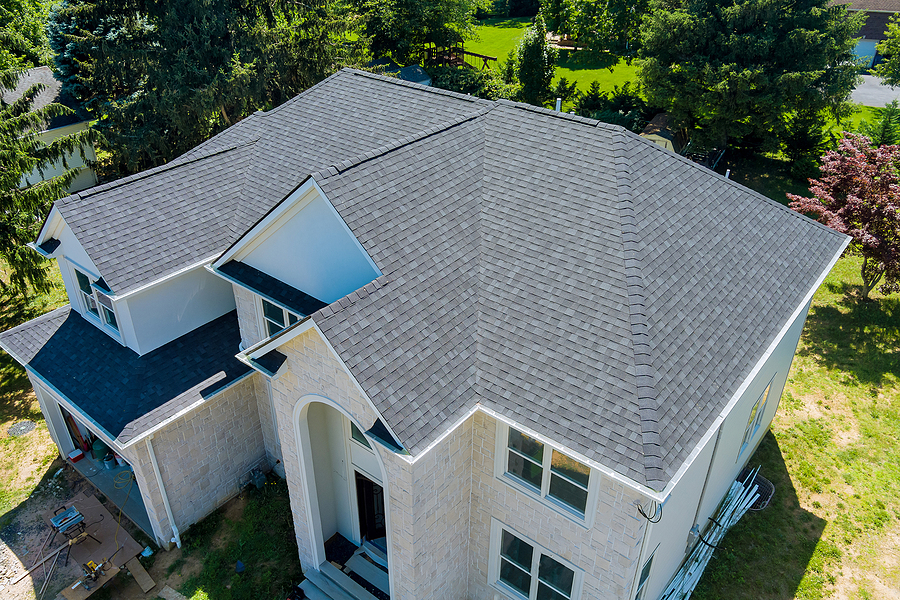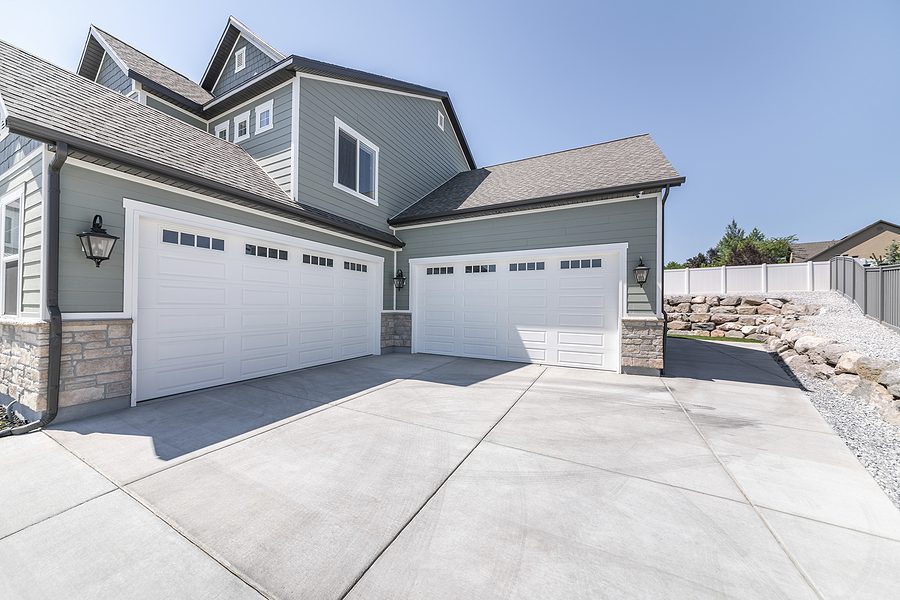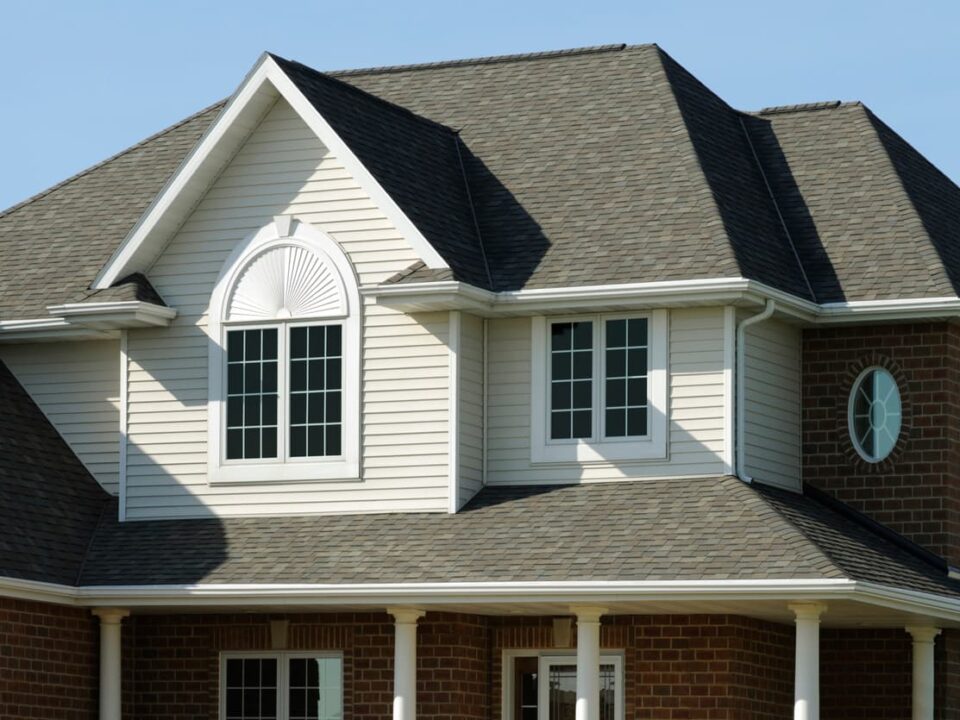
What You Should Know About a Roofing Contract
October 19, 2021
7 Secrets Roofing Contractors Want You to Know
October 21, 2021Most homeowners will only go through a new roof installation once, so it’s not uncommon to go into the process feeling like you don’t understand what you’re getting into. Many homeowners don’t even know what is going on under the roofing shingles and what elements they can expect in a new roof.

Elements of a New Roof
Your roof is more than just the shingles. There are many components that work together to form a complete roofing system. This includes roof decking, flashing, underlayment, drip edges, ice and water shields, ridge capping, roof vents, and pipe boots. Your contract should include all the components that will be used in the installation of your new roof.
What You Should Know About Roof Decking
The wooden boards that make up the framing of your roof are called decking. Everything else will be installed on the decking. The decking may or may not need to be replaced. Until the old shingles are torn off, your contractor will not know if there is any damage that needs to be repaired. After the tear off, your contractor should inspect the decking and replace any rotten boards.
Things to Know About Flashing
Whenever your shingles come to an edge, such as a valley in your roof, the chimney, a wall, a skylight, or anything else, roof flashing will be placed. Roof flashing is metal that will protect these vulnerable areas from leaking. If your flashing is in good shape without rusting, you may be able to reuse it. However, in most cases, your flashing will need to be upgraded to fit properly with your new roof materials.
Understanding Underlayment
Underlayment will be placed over your decking for additional protection. New underlayment should always be included in your new roof installation. It is usually a felt material and a crucial component to the roof as it will protect the decking. Underlayment is never a place to skimp on materials.
What is a Drip Edge?
Flashing installed at the edges of the roof that help control the flow of water away from the other roofing components is called a drip edge. You will need to replace your drip edge when your new roof is installed. If it isn’t installed per code, you will fail a home inspection.
Ice and Water Shields
Ice dams can cause leaking and damage to your roof. Your roof valleys will keep water flowing in the right direction, and they need protection from that constant flow of water. Ice and water shields are waterproof materials that can be installed to protect those areas of your roof. Without shields, water will run across the shingles and can cause leaks over time.
Choosing Shingles
While shingles are the most recognizable part of the roof for most homeowners, choosing shingles can be more complicated than you might think. Your roofing contractor will likely have a manufacturer that they prefer to work with and can guide you through the process of choosing the specific shingles and colors for your new roof.
The Importance of Ridge Capping
Ridge capping is installed at the peak of the roof. Ridge capping shingles are thicker than standard shingles and pre-formed into a bent position for the ridge. Make sure that you look at your estimate to be sure that your contractor is using actual ridge capping shingles and not just asphalt shingles, and if it’s unclear, just ask.
Roof Vents and Pipe Boots
Venting allows your attic and roof to breathe and will extend the life of your roof. Trapped hot and cold air in the attic can cause condensation and damage. In addition to the vents, your roof pipes will be covered so water doesn’t run down into your home. These rubber boots protect your pipes and your roof.
Most of your roof’s components will be replaced when you install your new roof, although your decking and flashing can be reused if they are in good condition. Understanding all the elements that go into a roof replacement can help you understand the process, making it far less overwhelming. Your roofing contractor should be willing to walk you through all the elements involved and address exactly what you will need for your new roof.
If you’re ready for a new roof, contact Armorvue Home Exteriors for a virtual appointment to discuss all of your options for a new roof. We’ve been installing roofs in this community for over 75 years and we can help guide you through a new roof installation on your home.
Subscribe to ARMORVUE Home Exteriors’s Blog
Get ARMORVUE Window & Door’s latest articles straight to your inbox. Enter your name and email address below.




